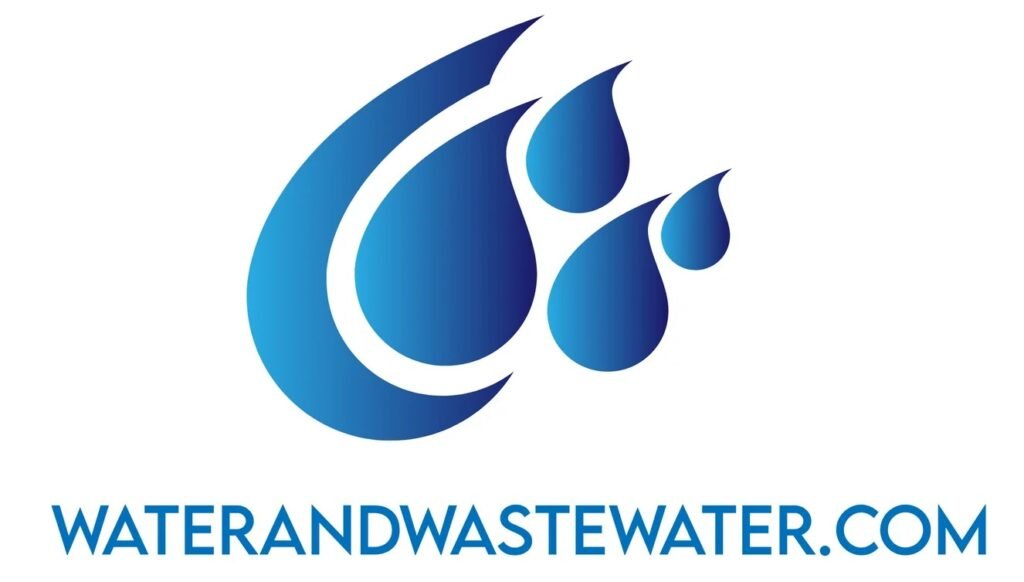Tag: challenge
San Jose and Santa Clara are two vibrant cities located in the heart of Silicon Valley in California. Both cities are home to a diverse population and a thriving economy, making them popular destinations for residents and businesses alike. With such a large population, it is essential to have effective water pollution control plants in […]
Clean water is essential for human survival, yet millions of people around the world lack access to safe drinking water. According to the World Health Organization, over 2 billion people worldwide drink water that is contaminated with feces, leading to the spread of waterborne diseases such as cholera, dysentery, and typhoid fever. While there are […]
The Phoenix 91st Avenue Wastewater Treatment Plant is a vital facility that plays a crucial role in the treatment of wastewater in the city of Phoenix, Arizona. With a population of over 1.6 million people, the plant serves a large and growing community with its wastewater treatment services. The facility has a significant wastewater volume […]
Wastewater treatment is an essential process in ensuring the health and safety of our communities. With growing urbanization and industrialization, the generation of wastewater has increased significantly over the years. As a result, innovative and sustainable methods of treating wastewater have become imperative to protect our environment and public health. One such method that has […]
Ultrasonic algae harvesting is a cutting-edge technology that has the potential to revolutionize the way algae is gathered for various applications, such as biofuels, food supplements, and wastewater treatment. This innovative method utilizes sound waves to dislodge and concentrate algae from bodies of water, making the process more efficient and environmentally friendly than traditional methods. […]
The Triboelectric Nanogenerator (TENG) is a cutting-edge technology that has the potential to revolutionize the way water is treated and purified. This innovative device harnesses the power of friction between two materials to generate electricity, which can then be used to power water treatment processes. In this article, we will explore the benefits of TENG […]
Transmembrane chemisorption is a crucial process that occurs in biological systems, as well as in various industrial applications. It involves the adsorption of molecules onto the surface of a membrane, followed by their transport through the membrane to the other side. This can have significant implications for drug delivery, water purification, and other fields where […]
Tourmaline-Modified Membranes: A Promising Approach for Water Treatment Introduction Water is one of the most essential resources for human survival, yet clean and safe drinking water is becoming increasingly scarce due to pollution and contamination. It is estimated that around 2.2 billion people worldwide do not have access to safely managed drinking water services. This […]
Supercritical water oxidation (SCWO) is a promising technology that has the potential to address the increasing concerns over the treatment of various types of waste streams. SCWO is a chemical process that utilizes water at supercritical conditions to oxidize organic compounds into water, carbon dioxide, and other non-toxic byproducts. Supercritical water is a state in […]
Introduction: With the increasing global demand for clean water, researchers and engineers are constantly exploring new technologies to improve water treatment processes. One of the promising technologies that have gained significant attention in recent years is solar-driven membrane distillation. This innovative approach combines the benefits of both membrane filtration and distillation, utilizing solar energy to […]
